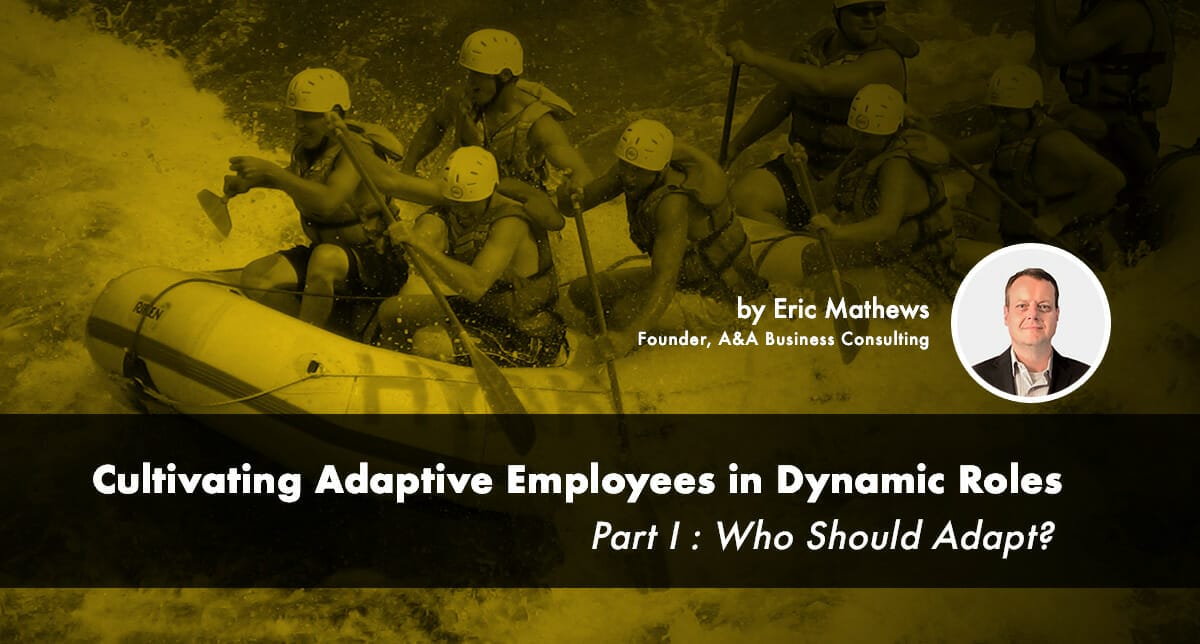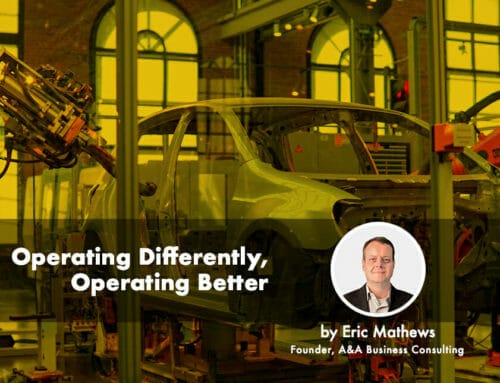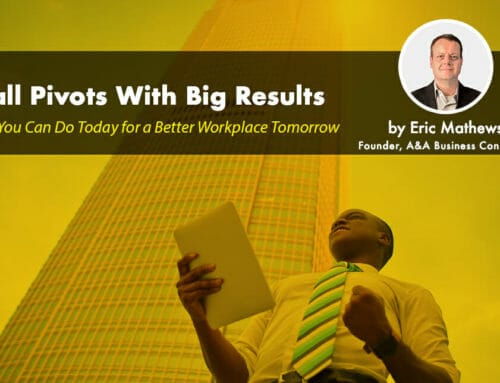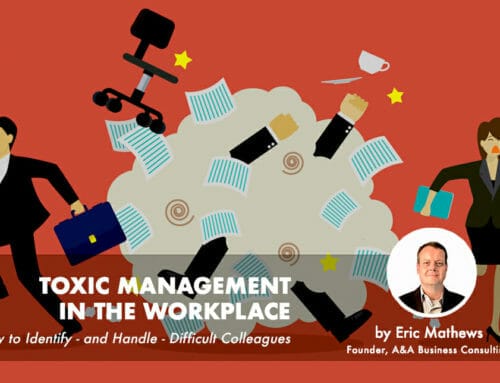I give the drive-thru attendant my order: “I’ll have a Number 6 with a Coke.”
To which they reply: “OK, that’s a Number 6. And what would you like to drink with that?”
I’ll be honest with you. This kind of exchange is one of my greatest pet peeves.
Why? Because the employee didn’t adapt their pre-constructed script to the conversation we’re having. In the mind of that employee, they must follow their sequence. They took my food order and punched a button, which then prompted them to ask my drink order. And though I already gave that information, I must now conform to their process, unproductive as it is.
Now, I know in the grand scheme of life, this isn’t a big issue. The real problem is when employees in a fast-paced, evolving industry don’t have the skills and oversight to adapt their “script” to the context. In this two-part series, we’ll take a look at the ways in which managers and executives can cultivate adaptive employees in their company.
But before we can dive into my strategy, we first must identify two types of roles we find in each company: static and dynamic roles.
Do you know which roles are static and which are dynamic?
Let’s revisit the drive-thru scenario.
While I want the drive-thru operator to have a little flexibility with their script, I do not want the person making my burger to get creative. I’m going to that fast-food chain because I know what I’m going to get–there’s a uniformity to the experience and expectation. So, within each company, there are static roles that should follow the script or process, and other dynamic roles that require employees who can adapt, shift, and problem solve.
A good manager knows to treat dynamic and static roles differently. They each require different objectives and expectations.
You, as a manager or executive, need to have a firm grasp on which role is which. Repeatable, well-defined, uniform work can be process-oriented or scripted. Dynamic, variable-filled work or customer-facing work should allow for nuance and adaptation. You need to communicate these roles to your employees and create the environment for them to succeed in their roles.
When talking about Industry 4.0, Hal Sirkin, Justin Rose, and Rahul Choraria write, “We project that 280,000 additional IT specialists will be required to create and maintain networks of smart machines, define interfaces, and develop software applications in the US manufacturing sector. Industry 4.0 will generate demand for nearly 30,000 production workers, 70,000 logistics specialists, 90,000 robotics coordinators, and nearly 150,000 R&D personnel. Office occupations—such as in administration and sales—will account for roughly one-third of new manufacturing jobs. These jobs will demand workers with adaptive skills.” The future of manufacturing is going to be powered by employees in dynamic roles, which require adaptive skills.
So, beyond relying on job titles, how can you tell if a role is dynamic or static? Consider the following questions:
- How many variables are involved? If variables are limited, then the role can stay more rigid. But if variables–with machinery, timetables, teams–are common, then you need to cultivate adaptive employees who can pivot with each unexpected challenge.
- Does the role require inter-personal communication? If so, this will always require adjustment and quick thinking. You can only script so much human interaction; the rest requires ingenuity, emotional intelligence, and big-picture awareness.
- Does the role require any creativity? How about specialization? These job requirements indicate the employee must be able to apply particular skills to particular circumstances. Employees in this context need to pair their production with circumspection.
- How does this role fit into the larger picture? If the employee in the role doesn’t need to wait for or rely on other people to complete their task, then their role is static. They can operate according to the pre-scripted process. But if they must adapt to the bigger picture–other employees or other timetables–then their role is dynamic.
Once you know which roles within your organization are dynamic, we then need to consider: How do you train and empower employees so they can successfully adapt within their dynamic role?
I’ve developed some key ideas based on my thirteen years of experience consulting for dozens of business leaders in the manufacturing industry. Make sure to read “Part Two: A strategy for an adaptive workforce” to discover my insights for my clients.





